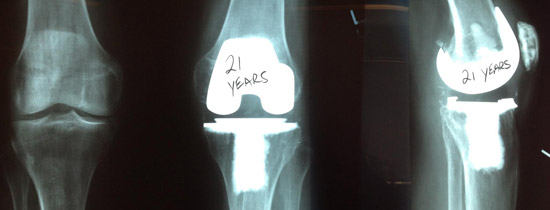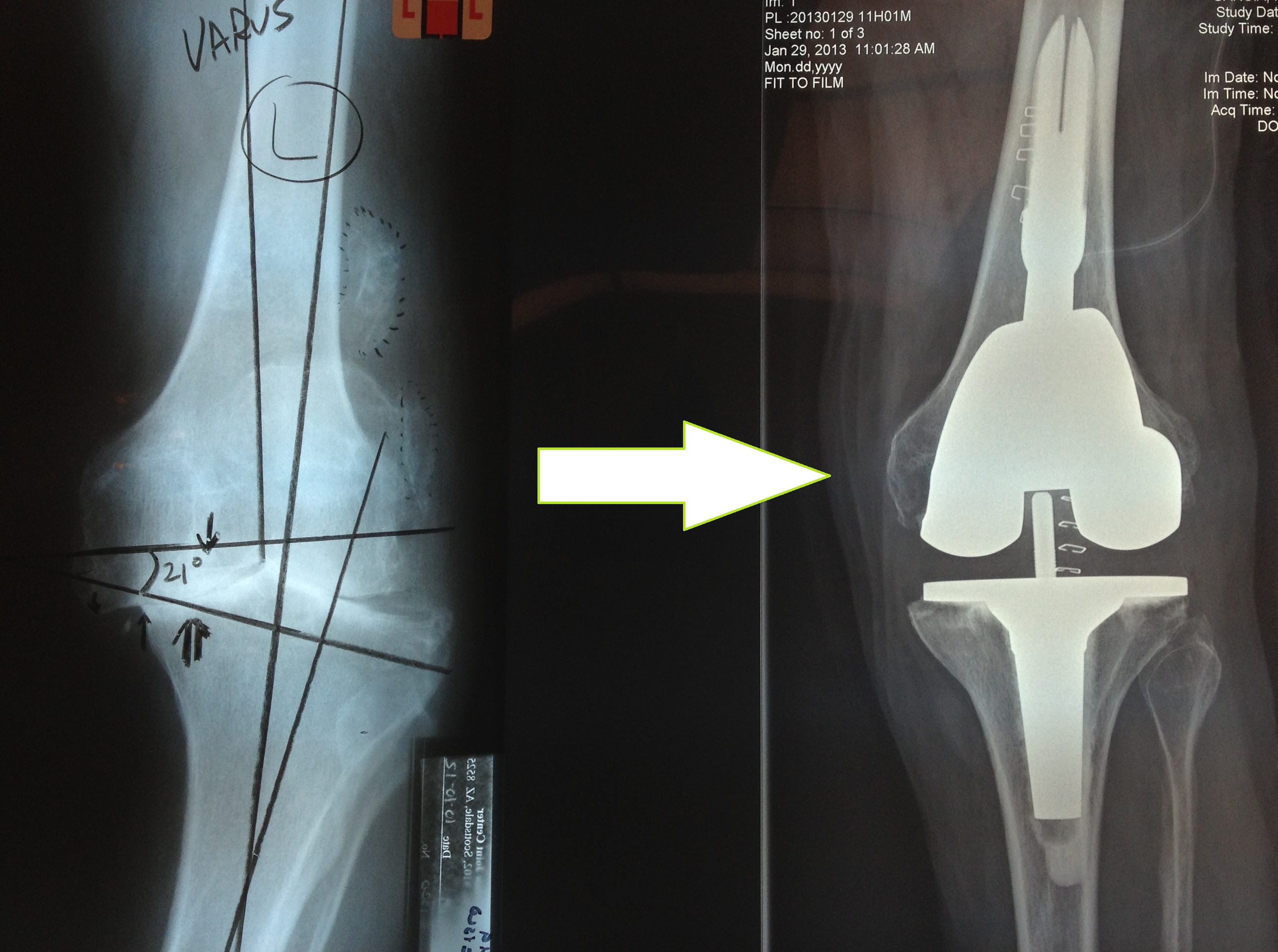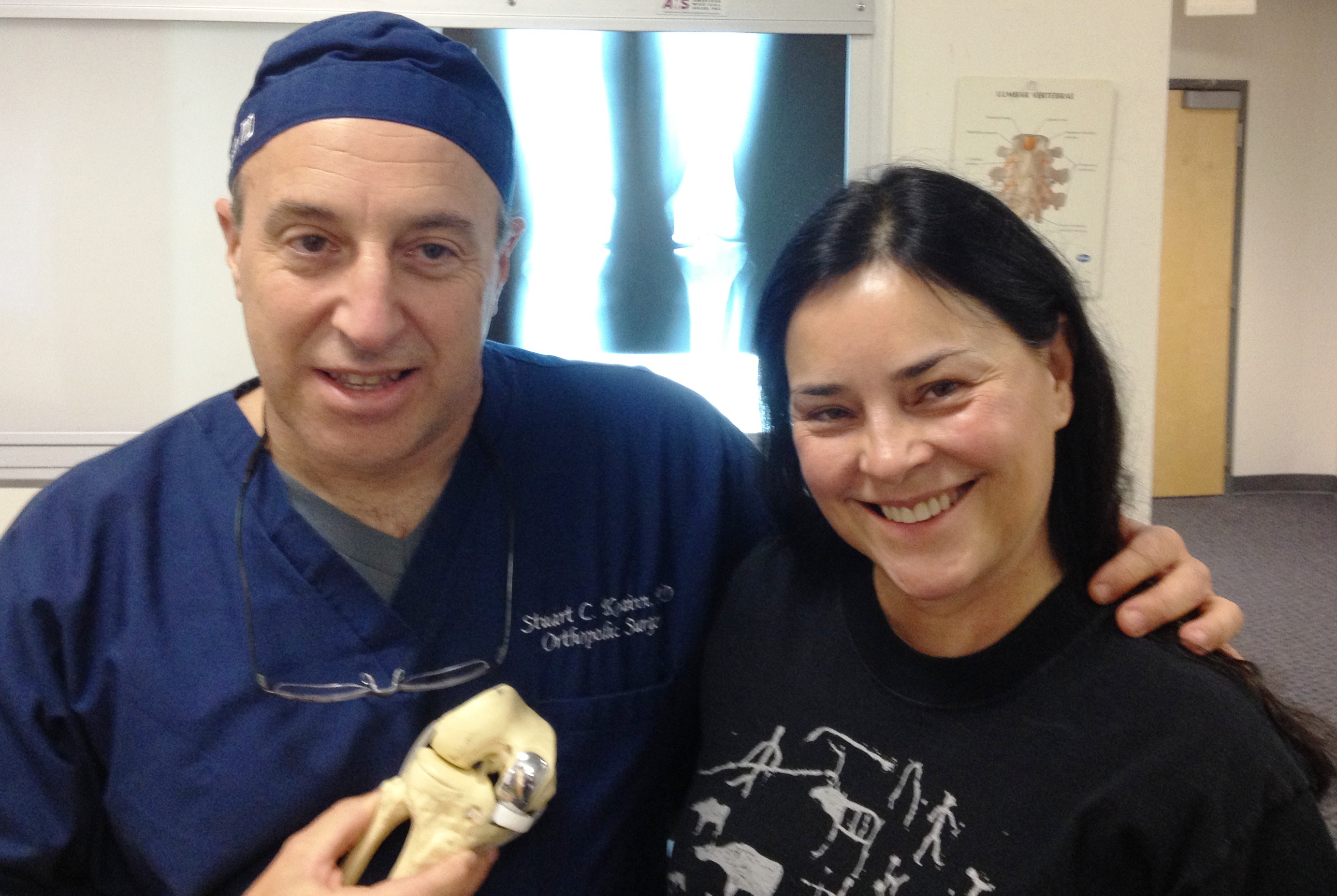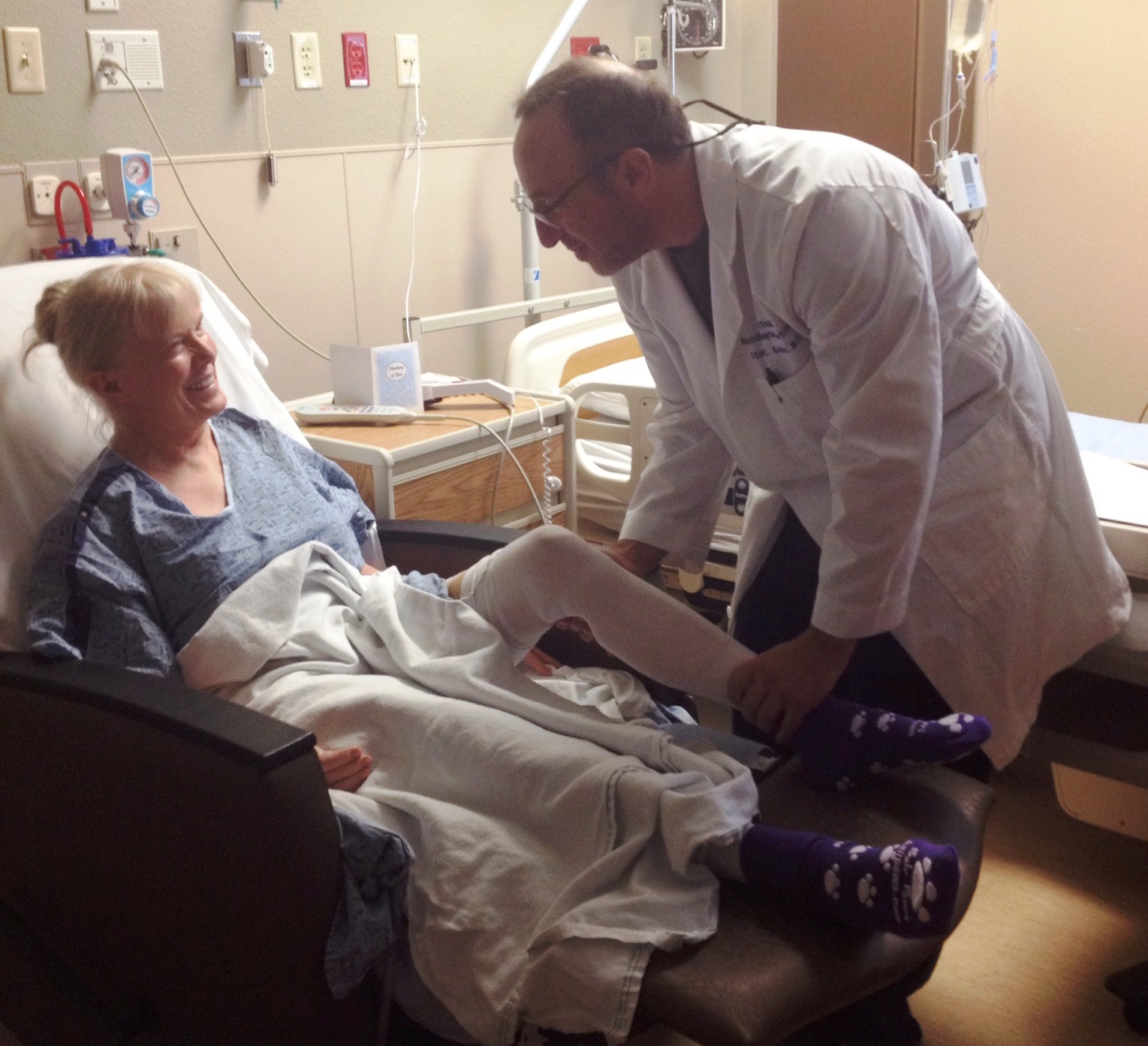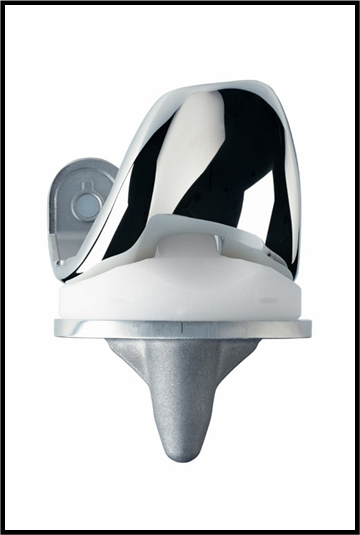Joint Replacements Keep People Active Longer
Total Knee Recovery and results are better!
Active people are living longer and are able to enjoy sports and physical activities well after their “fifties”. Orthopedic surgeons are enjoying increased success at replacing human joints with better and longer lasting technologies. Space age improved bio-materials and minimally invasive surgery improvements are helping patients with joint pains and arthritis live a better and more active life. Most people over 50 know a friend or relative who has had a total hip or total knee replacement. The general perception “out there” is that joint replacements are very successful at relieving pain but they have a relatively short lifespan, usually requiring revision in 10 to 15 years. That is no longer TRUE in most cases! Newer technologies are predicted to improve the lifespan of modern joint replacements to 25+ years and beyond. It is now possible to do these operations on younger, more active patients, and feel very good about the long term prospects. Prior recommendations to avoid sports are softening as we see patients with joint replacements doing much better while enjoying activities such as tennis, golf, and skiing.
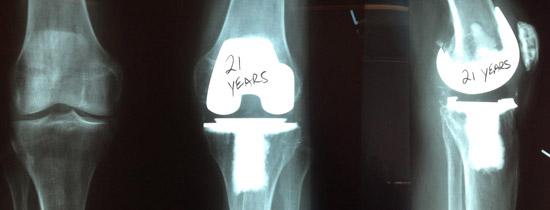
Dr. Kozinn has been in practice for over 25 years in Scottsdale, and has done over 5000 Total Knee Replacements. many of his patients still have their original knee after 20 years and are going strong!
Right now, we are working on computerized navigation systems to plan and more accurately execute the positioning of the implants. Much like the “GPS” system in your new car, the total knee computer calculates a mathematical image of a patient’s leg after the surgeon inputs a number of specific anatomical data points. The computer screen shows an image of the knee than can move in real time. Older versions of the computer have not delivered on the promise of real improvement yet, because the data collection used to power them is still human-eye generated, which can lead to some experimental errors. Computers will calculate the best position and angle to make the femur and tibia bone cuts so that the resulting knee replacement will be well balanced and aligned. Orthopedic surgeons and bio-engineers believe the key to longer lasting knee implants is near “perfect” alignment to minimize wear, much like the need to maximize the alignment of the tires on your car. In the future, implantable computer chips will transmit position data to the computer, and when combined with future “smart implants” will let the surgeon know if the implants are functioning normally. Patients with chip imbedded implants will get a check up by placing the leg under the “GPS” sensors, so the surgeon can “see” beneath the skin on his computer screen as the patient moves his knee. This technology is not quite ready for today’s patients, but the future will bring great improvements (think “6 Million Dollar Man” ). With the scope of current technology, recent results of computer compared to “human eye” studies show that experienced surgeons ( Like Dr. Kozinn ), can still actually do a better job “lining things up” then computer ( sort of like when the Grand Master Chess champion can beat the computer at Chess!). So, to maximize your results, see a Fellowship trained Total Knee surgeon for your knee replacement, preferably one that does over 200 knees a year and has been doing them for many Years!
Other advances involve using less invasive “tissue sparing” approaches to both the hip and knee joints. By limiting the soft tissue trauma as the implants are placed on the skeleton, the functional recovery is accelerated. As the Medical Director of the ScottsdaleHealthcareJointReplacementCenter on the Osborn campus, we have established a program that emphasizes a super rapid recovery. All patients are pushed to walk within 2 hours of their surgery being completed. They walk full weight bearing whenever possible. Pain management techniques, such as a femoral nerve block and regional (spinal) anesthesia also speeds up recovery. A femoral nerve block can be placed at the patients discretion in the pre-operative area which greatly decreases the immediate pain upon waking up, yet still allows early ambulation. Spinal anesthesia is much safer than general, and we encourage it whenever possible. Patients can still sleep through the surgery, but just have to be awake while the spinal medication is placed. An IV will then bring Versed or other sleep medicines to help you relax. Most patients do not remember the surgery!
Patients have their surgery with a pumping boot on the non-operative leg to keep blood circulating at all times, and we have seen a significant decrease in clotting problems with early mobility. Since patients are up walking so fast, they spend less time in bed, and have less risk of forming blood clots in their veins. “Regional” anesthesia decreases the pain associated with knee replacement surgery, and also decreases venous clot formation by dilating veins in the legs. This has an effect of decreasing blood loss as well by decreasing venous pressure. we are using aspirin now as our major “medication” for anticoagulation. This is easier to monitor and has been very effective!
Knee implant designs are also improving, which will significantly increase the life span of total knees. I often use a mobile bearing highly cross-linked polyethylene insert called a “rotating platform” in more active patients. This allows a few degrees of twisting motion in the knees during sports such as tennis and golf, and acts as an additional shock absorber over the long term. I think these rotating platform knees will last longer because there is less net friction on the plastic insert. Also there is a self centering alignment mechanism that relieves “tension” in the implant system. The knee self aligns and adapts to stress better.
Partial knee replacements are done in patients with an arthritis limited to one side of the knee. These are done through a very small incision that does not violate the quadriceps muscle, and recovery is very rapid. Patients with partial knees often go home after a one night stay in the hospital, some have gone home the same day! In most cases my partial nee patients do not need formal physical therapy to regain their knee motion. The partial knee procedure is also less stressful on elderly patients and patients with significant heart or vascular disease, as bleeding and pain are less. Watch this video explaining the difference between total knee and partial knee replacement!
New materials are likely to lead to longer lasting Total Knees. High strength and light weight titanium implants are more ‘bone friendly” as the elastic modulus of titanium is closer to bone compared to older less flexible metals. This creates a potentially longer lasting bond with the cement and the skeleton. Much improved bearing surfaces such as cross linked polyethylene have been shown to last many more years before wearing down, and may never wear out in some patients. Very dense polyethylene plastics last many more years than earlier plastics in laboratory testing. Muscle sparing surgical approaches can spare the quadriceps muscle and speed recovery.
The bottom line is that younger patients are now better candidates for joint replacement surgery than in the past. More patients are choosing a joint replacement sooner to get on with the most productive times of their life. It is a very fulfilling time for joint replacement surgeons, as we feel we have more tools to offer patients better and more long lasting results than ever before.
Stuart Kozinn MD
Medical Director of the Scottsdale Joint Center
For more info call 480 994 1149 or go to:
www.scottsdalejointcenter.com, www.stuartkozinnmd.com
www.facebook.com/totalkneereplacement
and also visit
www.SHC.org/ortho




